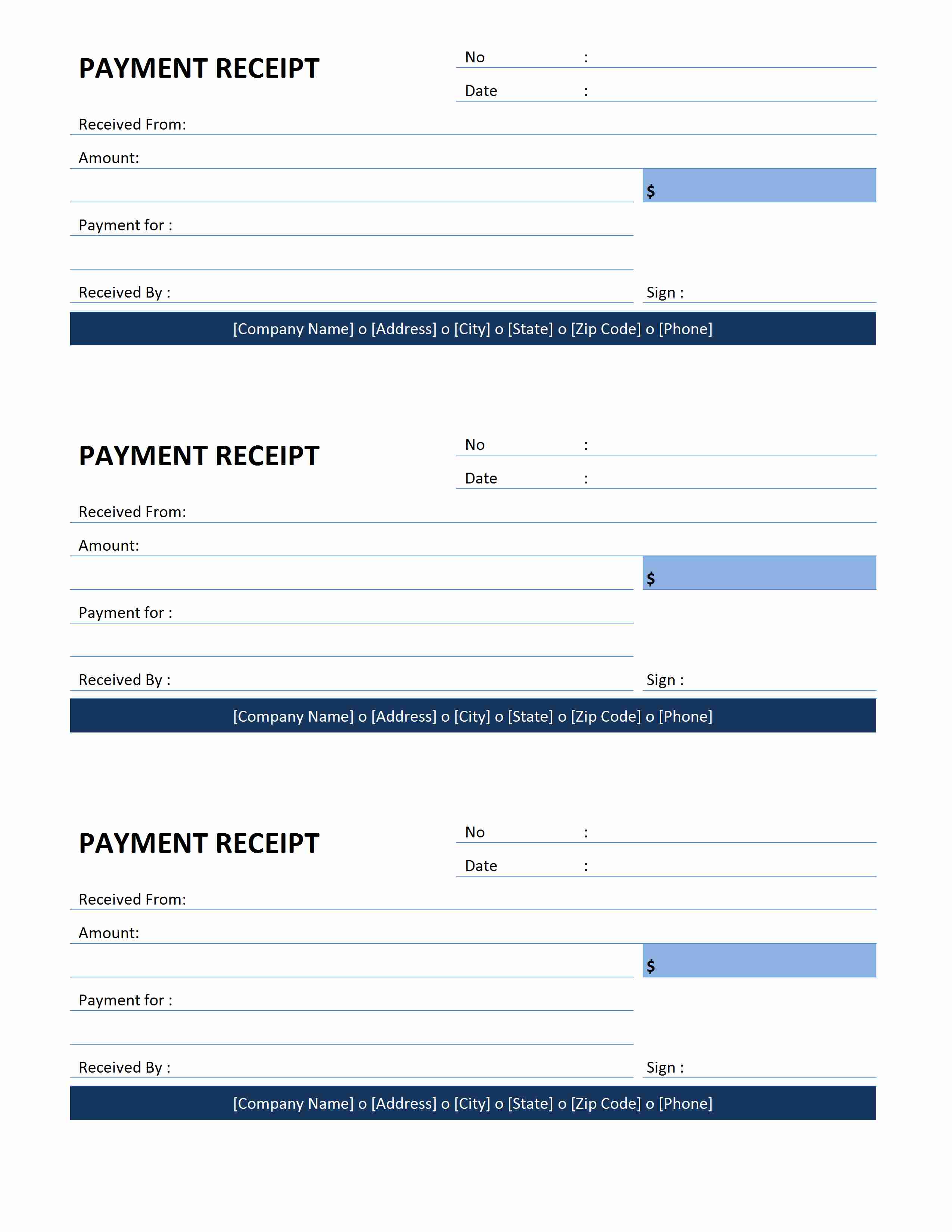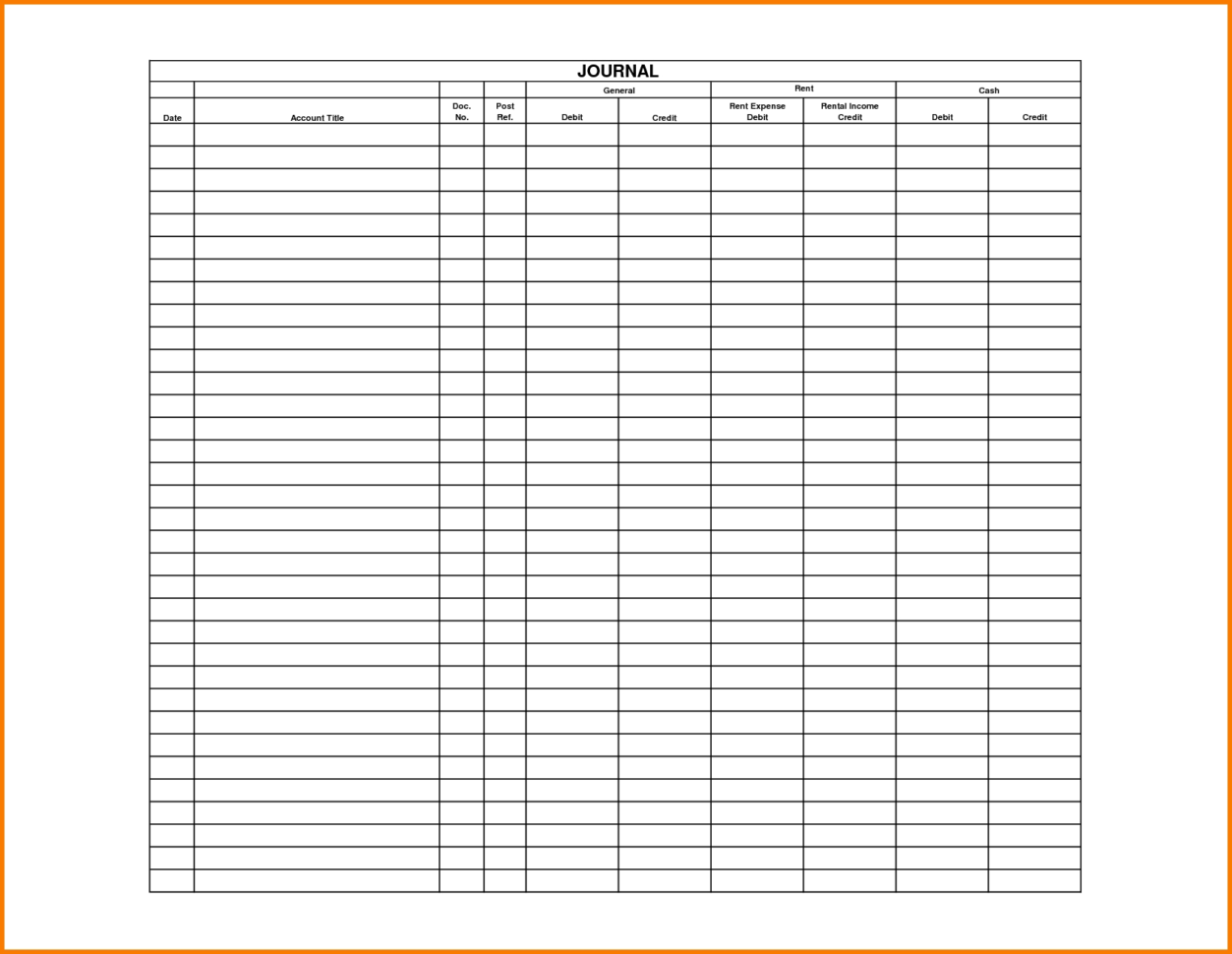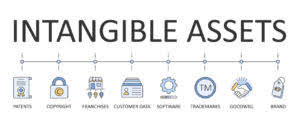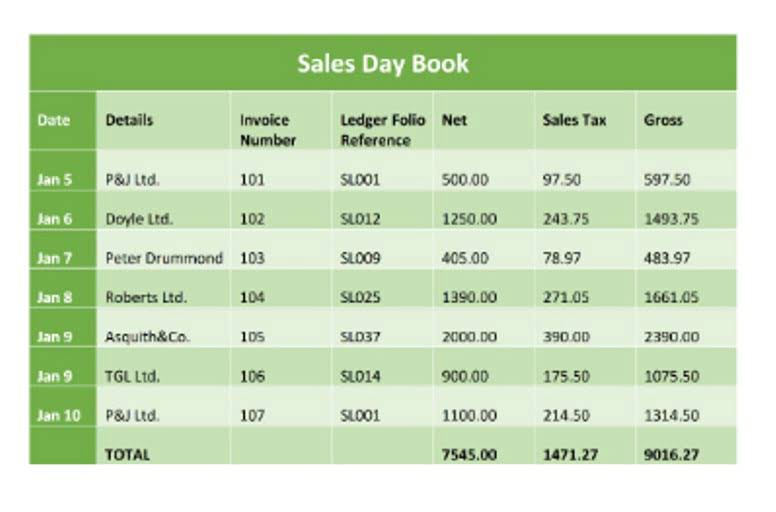Pricing and subscription levels for QuickBooks Online
Businesses that provide services, rather annual holidays than goods, should consider the QuickBooks Plus plan. Businesses with inventory will likely get the most benefit from QuickBooks Plus. Large businesses that need access for up to 25 users will probably want to go with QuickBooks Advanced.
Desktop Premier and Enterprise, meanwhile, allow up to five and 30 users, respectively. QuickBooks has also stopped allowing users to file their sales taxes online through the service. You’ll need to file business taxes manually and update your QuickBooks account with the information afterward.
You can switch from QuickBooks Pro Plus to QuickBooks Premier Plus or go from QuickBooks Premier Plus to QuickBooks Enterprise — whatever your heart desires (and your business requires). If you previously purchased QuickBooks Desktop licensing, you can continue to use the software as long as you like. However, be aware that support for your product will end three years after its release. Most importantly, ask yourself if the benefits of Enterprise outweigh the steep costs. If Quickbooks Premier can do almost everything you need it to, it might be worth the slight downgrade in terms of features. Unfortunately, QuickBooks is no longer forthcoming with the pricing of its QuickBooks Desktop products.
How much does QuickBooks Self-Employed cost?
The QuickBooks Plus plan costs $49.50 per month — $99 per month after the first three months — supports five users, and includes several advanced features compared to the Essentials plan. If you’re shopping for QuickBooks as a small-business accounting solution, first decide whether you’d like online, cloud-based software or a desktop product that locally stores your information. QuickBooks pricing varies quite a bit depending on which product you choose and how many users you need. Advanced supports up to 25 users and up to three accounting firms. User permissions can be narrowed for the 25 users to better delegate work and restrict visibility. You can also invite time-tracking and reports-only users, which do not count toward the 25-user limit.
QuickBooks is a well-established accounting software that is widely used by businesses from a variety of industries. With five plans, each at different price points, users can choose the plan that best meets their business needs without paying for additional features that they don’t want. As a business grows, users can easily upgrade to a more advanced plan with additional features seamlessly. QuickBooks is the platform most used by professional accountants so if you plan to work with an accountant, they will likely be very familiar with the platform, its features and capabilities. QuickBooks Payments account subject to credit and application approval.
What is the difference between QuickBooks and QuickBooks Online?
Add on a QuickBooks Payroll subscription to pay employees and 1099 contractors by 24-hour direct deposit and handle payroll taxes, right within QuickBooks (additional fees apply). QuickBooks Premier is ideal for small businesses looking for industry-specific features. You can purchase QuickBooks Premier Plus or have access to built-in payroll with QuickBooks Premier Plus + Payroll. Your annual subscription to either plan includes automated data recovery and backups, unlimited customer support, and automatic updates. All of these small costs can add up, making your end bill higher than the predictable $35-$235/month fee. Xero is most often used by small to medium-sized businesses (SMBs).
QuickBooks Online Plus Pricing
If your small business needs a payroll solution, be sure to add this cost to the regular QuickBooks Online monthly fee. Read our complete QuickBooks Online Payroll review for the details, and be sure to visit the QBO website to see if Intuit is running a QuickBooks payroll discount before buying. The QuickBooks Online Essentials plan costs $65/month and includes three users and more features. To accurately compare top accounting software, the Tech.co research team picked out the eight core categories to divide their efforts along, from help and support to accounts payable tools.
- All your data carries over — profile of the user, merchant account and bank account, bank transactions, payments transactions, and more.
- If your small business needs a payroll solution, be sure to add this cost to the regular QuickBooks Online monthly fee.
- QuickBooks Enterprise is one of Intuit’s most robust business accounting products and offers a host of additional services, like access to more than 200 report templates and priority 24/7 customer support.
- It is incredibly user-friendly and easy to navigate, so if you are a sole proprietor looking for basic accounting software, FreshBooks will meet your needs at a relatively low cost.
- Previously, QuickBooks users also had the option to purchase a one-time license.
The custom price varies depending on the size of your business but should be somewhere between $200 and $600 per month. Simply put, if you need a rock-solid, feature-packed accounting solution at a fair price, QuickBooks is the best. But revenue and income: what’s the difference other accounting tools come with slightly different strengths. The Essentials plan is a great fit for growing small businesses that have an increased number of suppliers, employees, and clients. This plan is designed for freelancers who file a Schedule C IRS form to report their income as sole proprietor.
QuickBooks support
It’s worth noting, however, that these prices are part of a special deal that gets you 50% off for the first three months. After that, the Simple Start tier goes back to the standard price, which is $35 per month, while the Advanced plan goes as high as direct costs and facilities and administrative costs $235 per month. On top of that, you’ll have to forego the 30-day free trial to get access to these lower prices. You can switch plans or cancel at any time, allowing you to adjust to fit new business needs as you grow. In addition, more than 750 third-party apps can be connected to make QuickBooks Online even more powerful, some of which you may already be using in your business.
Terms, conditions, pricing, special features, and service and support options subject to change without notice. Live Expert Assisted doesn’t include cleanup of your books or a dedicated bookkeeper reconciling your accounts and maintaining your books for you. Live Expert Assisted also doesn’t include any financial advisory services, tax advice, facilitating the filing of income or sales tax returns, creating or sending 1099s, or management of payroll. If you’re a small business looking for accounting software, you might want the Simple Start Plan, which allows you to create and manage invoices, estimates, bills, and sales taxes. Setting up the software involves plenty of one-time tasks that you’ll want to get right the first time, like connecting your bank account and setting up a series of automated processes and templates. Through Live Bookkeeping, you’ll get a single one-on-one session that can clear up any questions and start your accounting software subscription off on the right foot.














